Jean Hélion
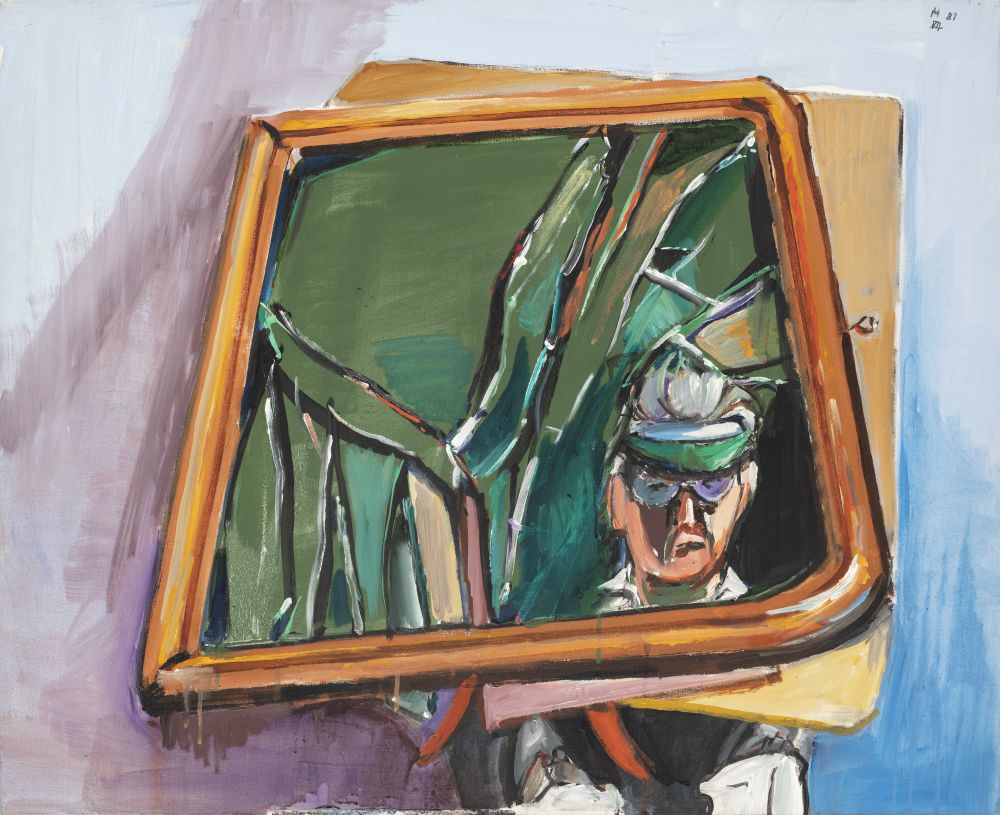
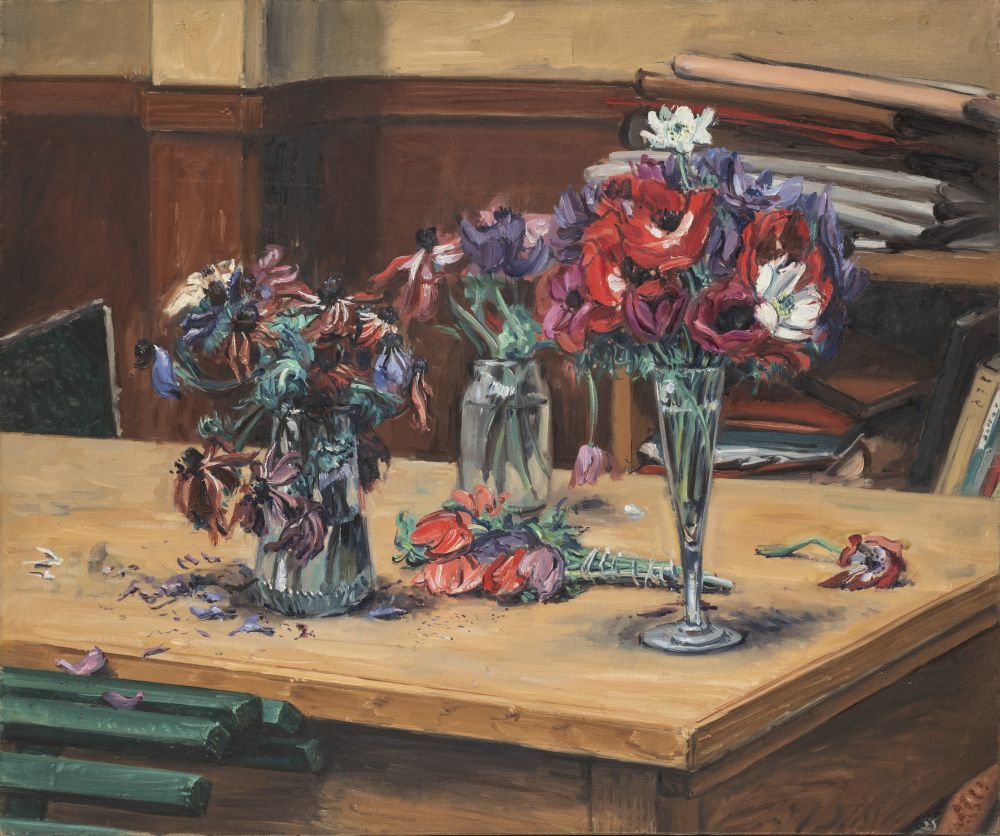
Selected Works

Jean Hélion
R...pour requiem, 1981
Acrylique sur toile
81x100 cm

Jean Hélion
Anémones d'hier et d'aujourd'hui, 1952
Huile sur toile
54 x 65 cm
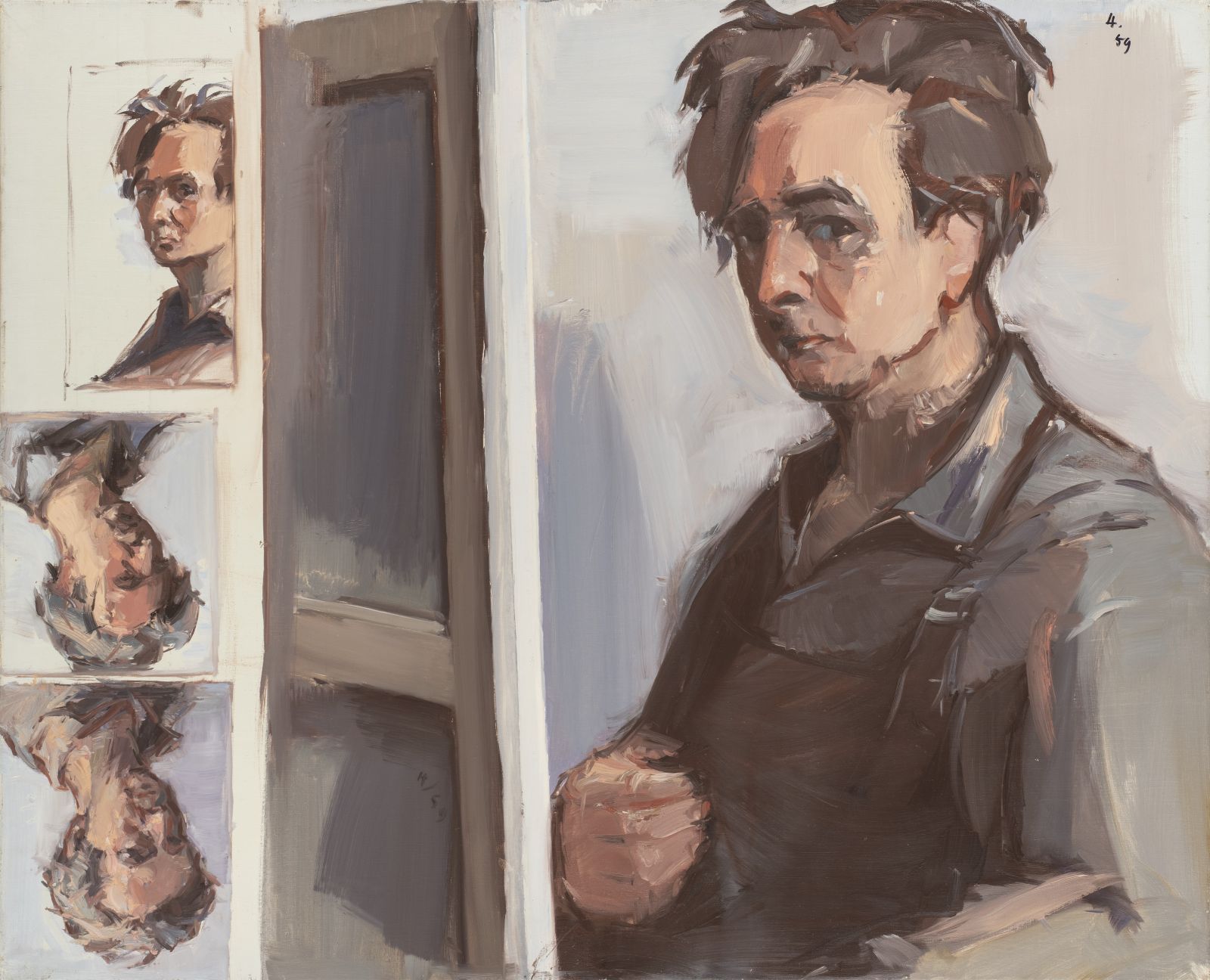
Jean Hélion
Planches autoportrait, 1959
Huile sur toile
81 x 100 cm
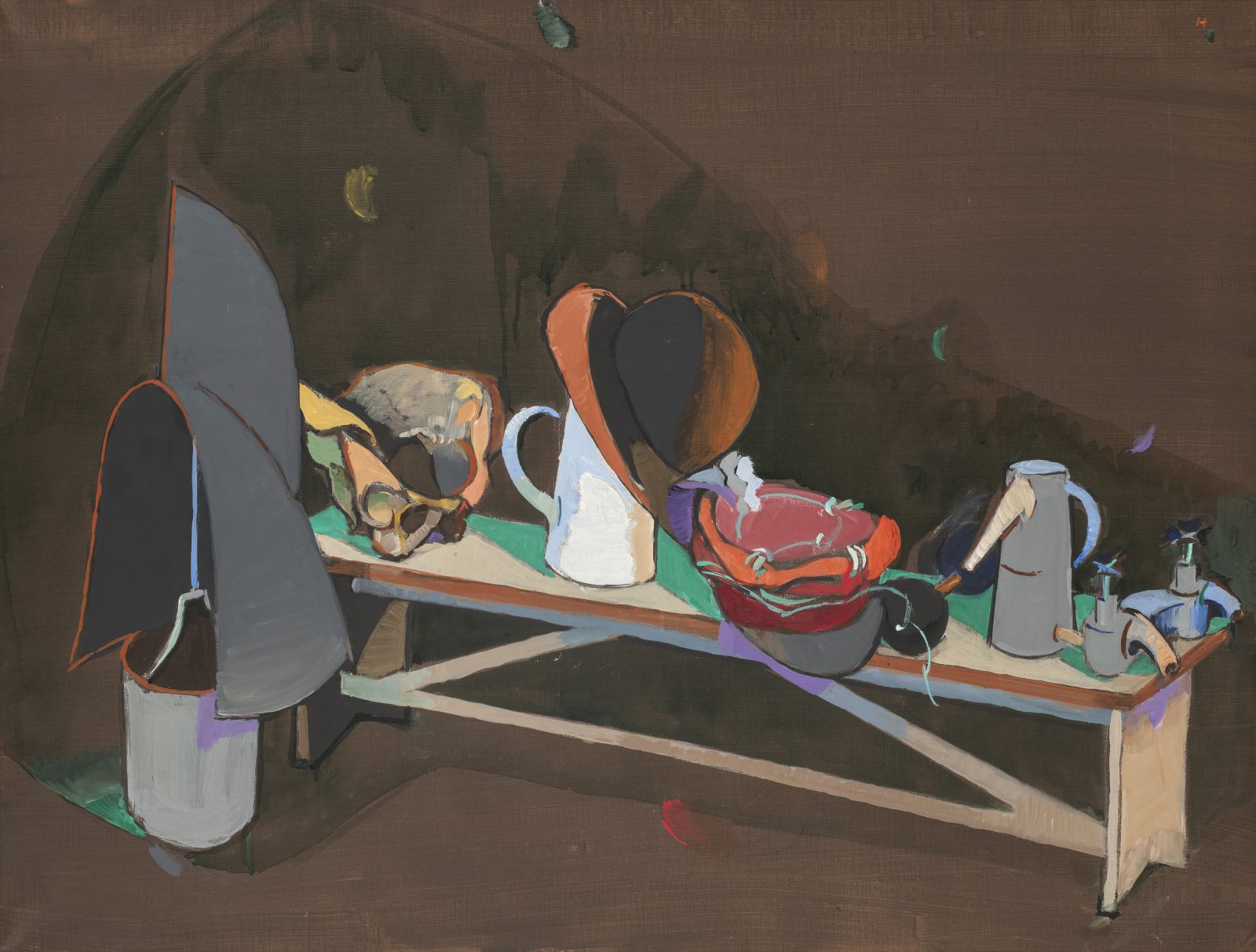
Jean Hélion
Suite pucière n°2, 1978
Huile sur toile
89 x 116 cm
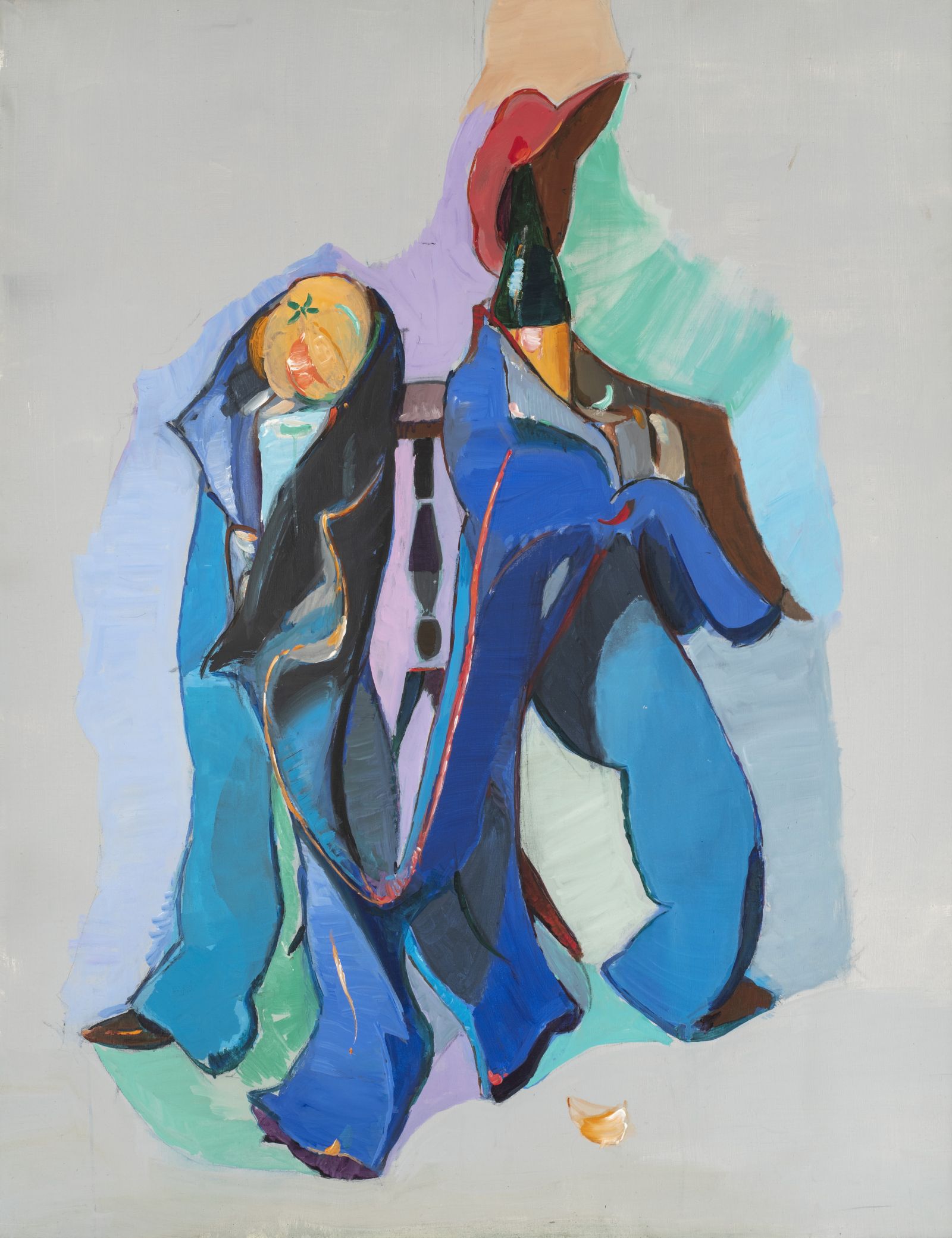
Jean Hélion
Pantalonade, 1978
Acrylique sur toile
146 x 114 cm

Jean Hélion
Songe, 1962
Oil on canvas
Signed, dated and tilted on the back
Jean Hélion
Le barbant, 1957
Huile sur toile
81 x 100 cm

Jean Hélion
Abstraction, 1935
Lavis sur papier
23,5 x 32 cm
Signé et daté en bas à droite
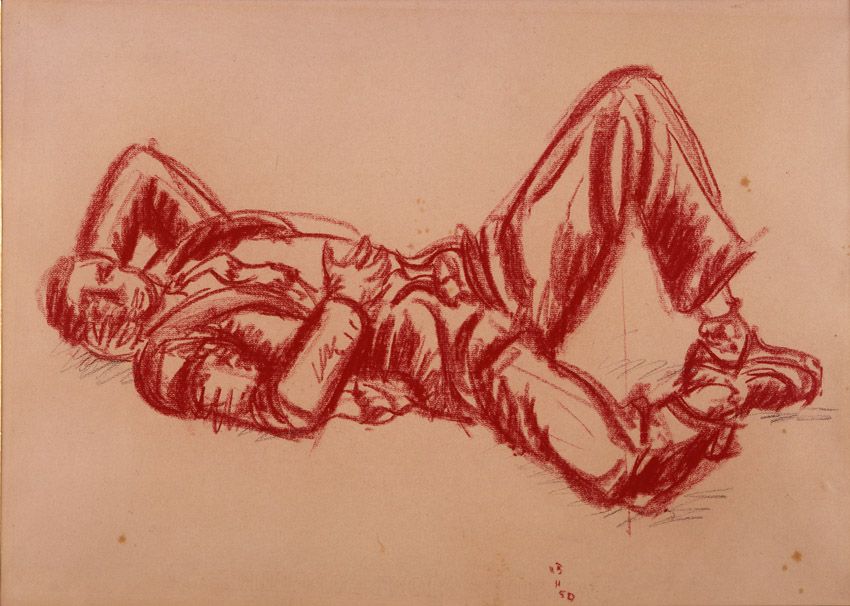
Jean Hélion
Le gisant, 1950
Craie rouge sur papier
42,5 x 59,5 cm
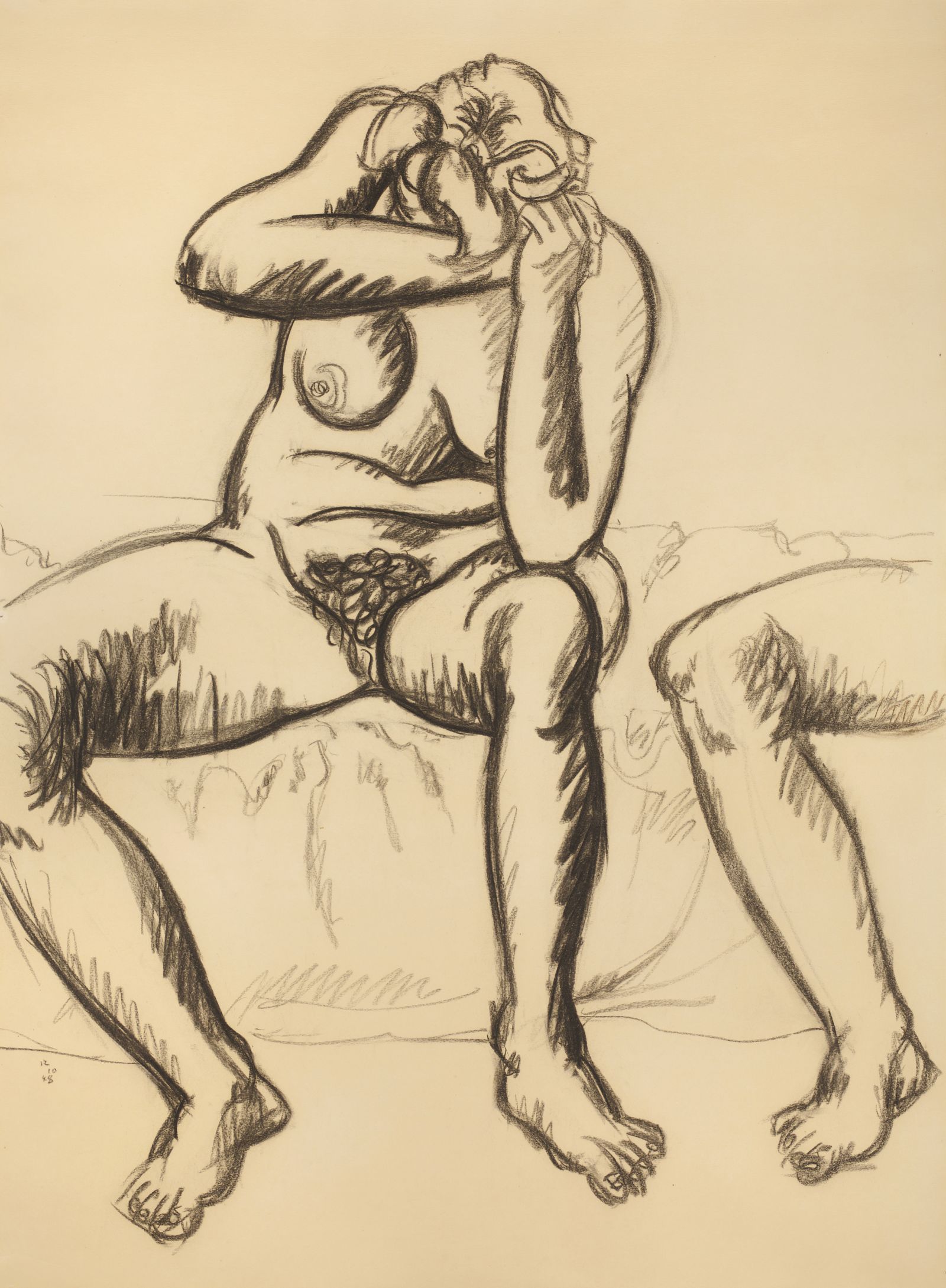
Jean Hélion
Nu accoudé, 1948
Fusain sur papier
99 x 74 cm
Some of the works depicted are no longer available.
Biography
Jean Hélion marks abstract painting then figurative. His painting becomes singular and acid, simplified and complex. At one time admired then misunderstood, abandoned by all and considered a renegade, Hélion immersed himself body and soul in figuration never to leave it and explore all its springs, writing his own language.
